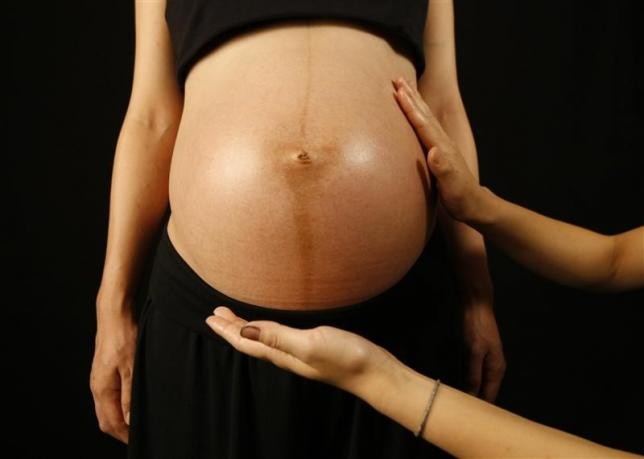The Anhui Province health authority has issued the first provincial guideline for Caesarean sections in China, with the aim of reducing the instances when the procedure in performed.
The provincial guideline listed 14 instances that serve as medical requirements for a C-section. Some of these include fetal distress or abnormality in the birth canal.
According to Wang Hai, Anhui Provincial Bureau of Health and Family Planning chief of maternal health, the guideline was issued to all medical institutions in Anhui in July.
At a news conference on Monday, Wang said that "doctors are duty-bound to refuse to perform a C-section without the presence of a clear need."
The provincial family planning bureau expects the guideline to reduce the rate of C-section deliveries in the province to only about 30 percent of total deliveries in the next three years. The current percentage is around 40 percent.
Nationwide, around 46 percent of pregnancies are delivered via C-section, one of the highest rates in the world, according to the World Health Organization (WHO). The WHO recommends that no more than 15 percent of pregnancies should be delivered by C-section.
The Anhui health authority recognizes that C-sections are a necessity in emergency cases, but unnecessary surgeries, such as a C-section when a natural birth is unlikely to endanger the mother or the child, have serious health risks.
Deputy Dean Cai Wenzhi of the School of Nursing at Southern Medical University in Guangzhou said that, while many hospitals are trying to reduce C-sections, government intervention will more effectively curb the potentially dangerous trend.
With the guideline, doctors in Anhui will have an easier time refusing unnecessary C-sections from their patients.
Regarding why C-sections are sometimes unnecessarily resorted to, Cai noted that "hospitals charge much more for C-sections than for natural birth. C-sections are also faster, while midwives may have to keep waiting for more than 20 hours for a natural delivery."



























